Complimentary worldwide shipping on orders over $400 · No import tariffs for most countries
Complimentary worldwide shipping on orders over $400 · No import tariffs for most countries
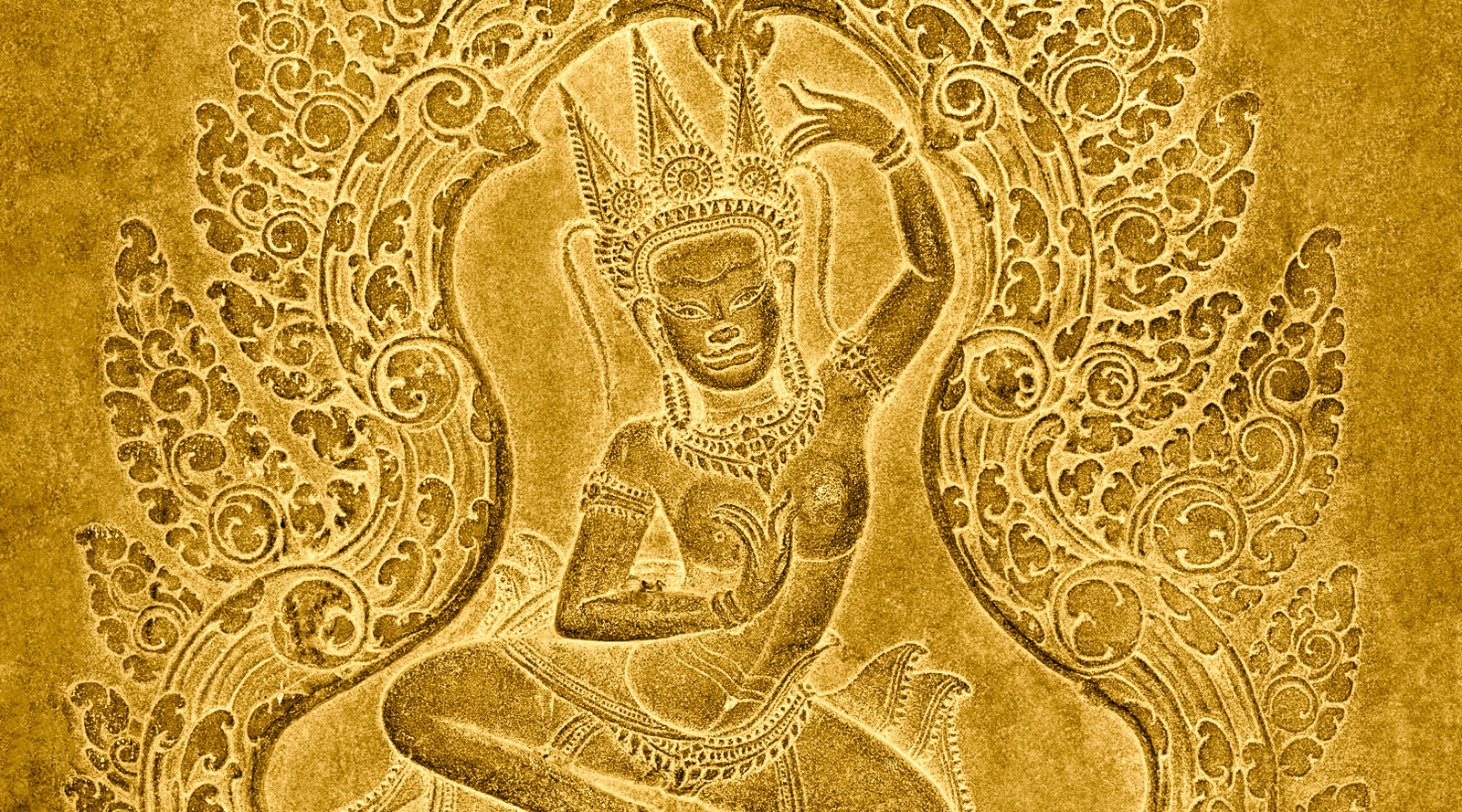
She Was Not Made, But Remembered
“Some presences do not begin with form. They begin with memory.”
—
At the western gate of Angkor Wat, as day exhaled its final breath, light pooled like a ritual. There, within a flame-shaped frame of stone, stood an apsara. Her body curved not with movement, but with meaning. One hand raised—half gesture, half remembering. She did not shimmer in sunlight. She emanated.
Lucas Varro encountered her not as subject, but as presence. Using a large-format analogue camera and long exposure, he made the photograph in stillness. Later, in the studio, the image was shaped with chiaroscuro—a quiet coaxing of depth from shadow. Each print was then hand-toned in gold, not to decorate, but to restore: to call back the warmth of the light that once anointed her.
Printed on museum-grade Hahnemühle Bamboo paper, the photograph holds the sacred feminine not as object, but as threshold. Her gesture is not offered to the eye. It is offered to the spirit.
Within the Spirit of Angkor series, She Who Was Not Carved is a turning inward—an image of revelation, not record.
—
She stands in a flame of stone, her silence deep with knowing. Her gesture is not performance, but presence.
The photograph was shaped through analogue film and hand-toning, printed in a strictly limited edition of 25 + 2 Artist’s Proofs. Each print on Hahnemühle Bamboo paper becomes a devotional artefact—an echo of light and breath.
She is not simply seen. She is received.
Also in Library
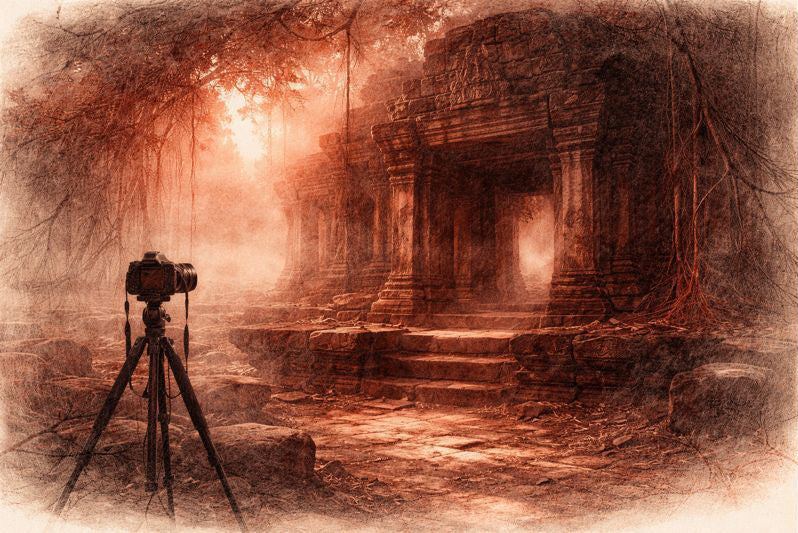
Before the Shutter Falls
3 min read
Before the shutter falls, fear sharpens and doubt measures the cost of waiting. In the quiet hours before dawn, the act of not-yet-beginning becomes a discipline of attention. This essay reflects on patience, restraint, and the quiet mercy that arrives when outcome loosens its hold.
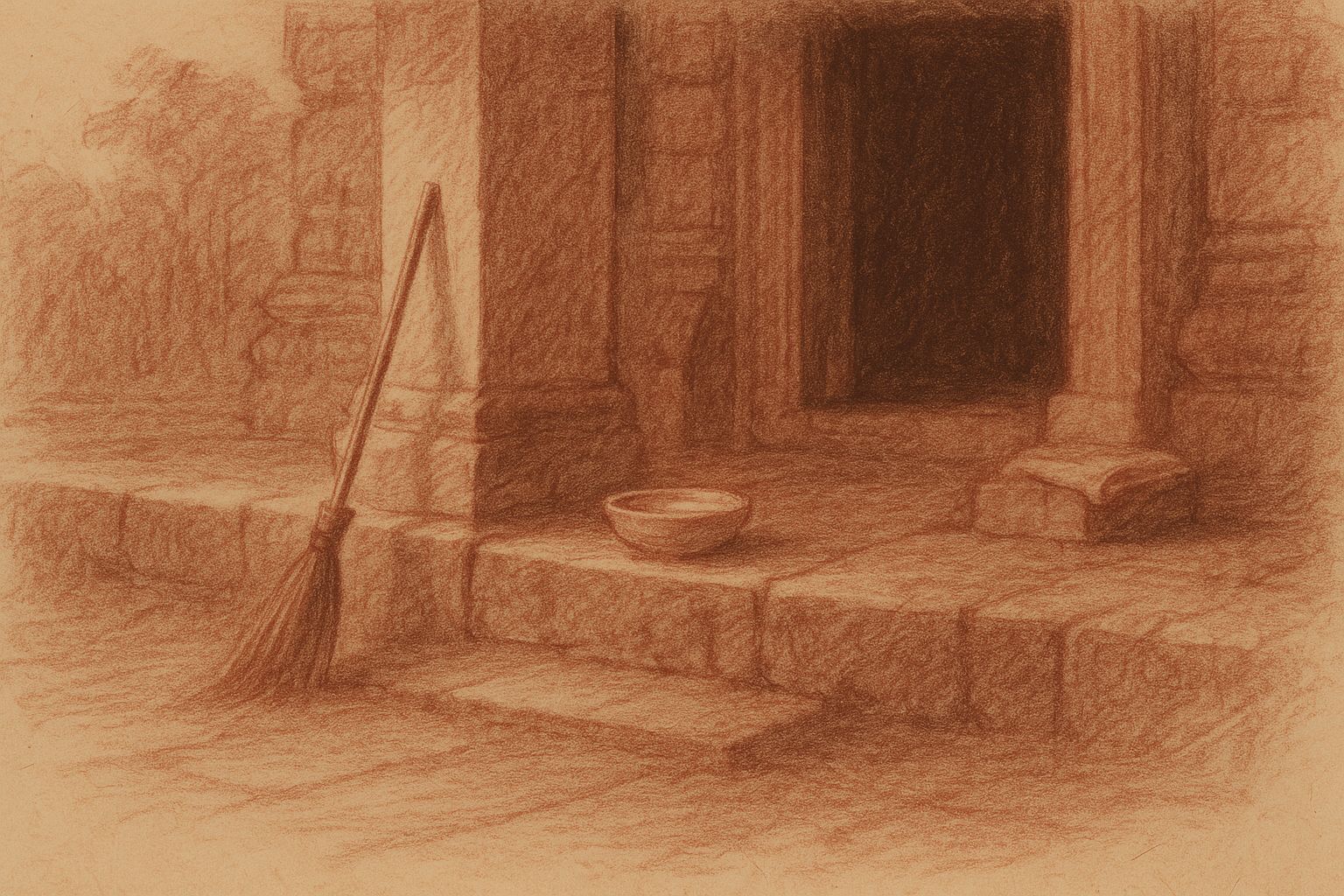
Those Who Keep the Way Open — On the Quiet Guardians of Angkor’s Thresholds
3 min read
Quiet gestures shape the way into Angkor — a swept stone, a refilled bowl, a hand steadying a guardian lion. This essay reflects on the unseen custodians whose daily care keeps the thresholds open, revealing how sacredness endures not through stone alone, but through those who tend its meaning.
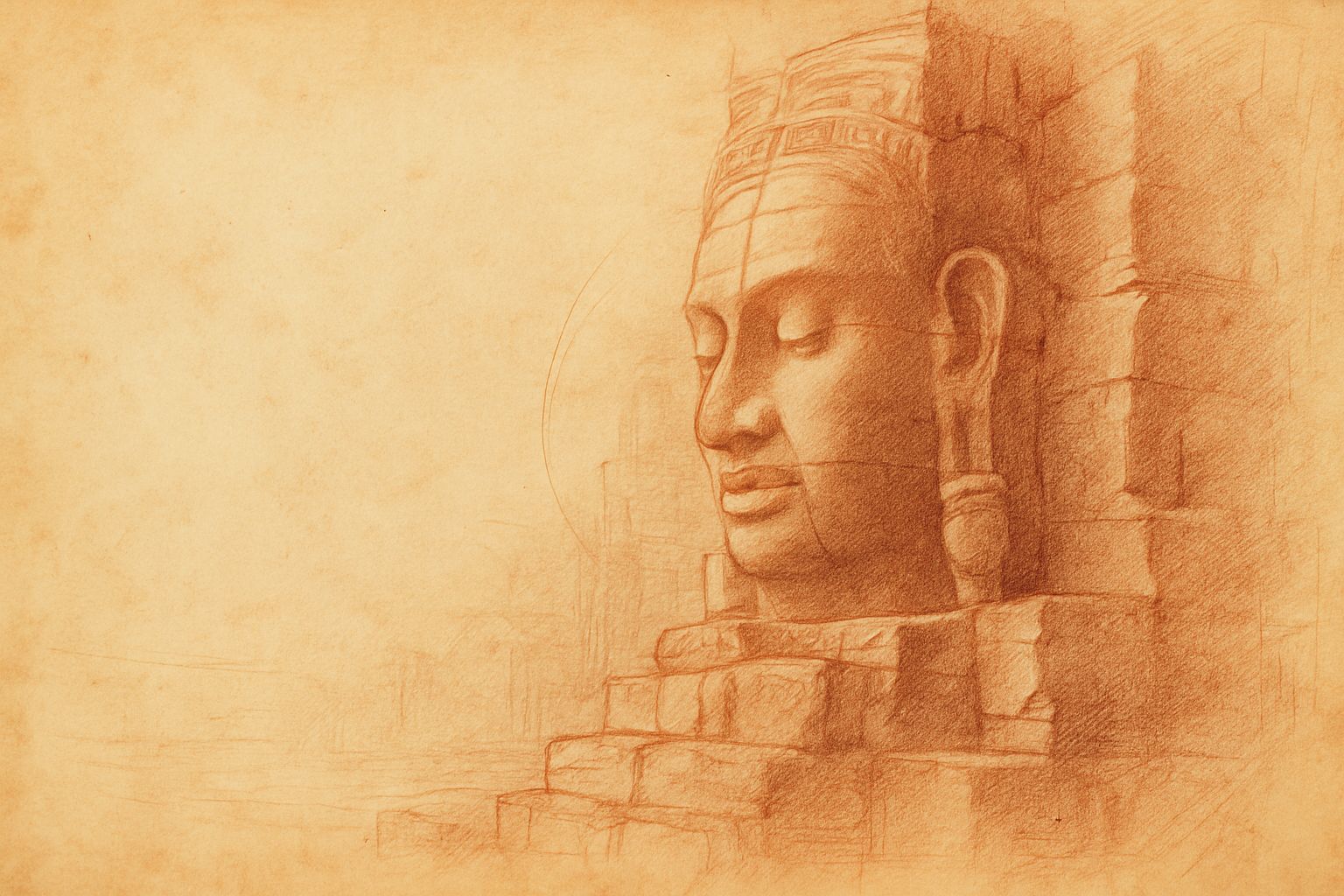
Multiplicity and Mercy — The Face Towers of Jayavarman VII
5 min read
A new vision of kingship rises at the Bayon: serene faces turned to every horizon, shaping a world where authority is expressed as care. Moving through the terraces, one enters a field of steady, compassionate presence — a landscape where stone, light, and time teach through quiet attention.
Angkor Wat Temple, Angkor, Cambodia — 2021
Limited Edition Archival Pigment Print
Edition
Strictly limited to 25 prints + 2 Artist’s Proofs
Medium
Hand-toned black-and-white archival pigment print on Hahnemühle Bamboo — a museum-grade fine art paper chosen for its quiet tactility and reverent depth, echoing the spirit of the temples.
Signature & Numbering
Each print is individually signed and numbered by the artist on the border (recto)
Certificate of Authenticity
Accompanies every print
Image Size
9 x 7.2 inches (22.9 x 18.3 cm)
There are moments when Angkor does not merely reflect light—it becomes it. Beneath the western gate of Angkor Wat, as the sun drew its final breath, a single apsara revealed herself in the stillness. Carved in fluid poise, she did not seem made, but remembered—framed in a halo of fire-shaped stone, aglow with the gold of vanishing day.
The silence was thick with prayer. Cicadas slowed. Even the breeze seemed to listen. In that hush, her hand traced a gesture of unspoken offering. I stood before her not as artist, but as witness.
Captured on large-format black-and-white film using natural light and long exposure, the image was shaped with classical chiaroscuro to draw out presence from shadow. Each print is hand-toned in gold by the artist, not to add, but to recall the warmth that once anointed her form.
This signed and numbered work is part of a strictly limited edition of 25 + 2 Artist’s Proofs. Printed on museum-grade Hahnemühle Bamboo paper, it is both relic and revelation—a tactile offering of light and silence.
She is not a photograph. She is the breath before devotion.
Click here to enter the Artist’s Journal and walk deeper into her flame.
Join My Studio Journal
Receive occasional letters from my studio in Siem Reap—offering a glimpse into my creative process, early access to new fine art prints, field notes from the temples of Angkor, exhibition announcements, and reflections on beauty, impermanence, and the spirit of place.
No noise. No clutter. Just quiet inspiration, delivered gently.
Subscribe and stay connected to the unfolding story.
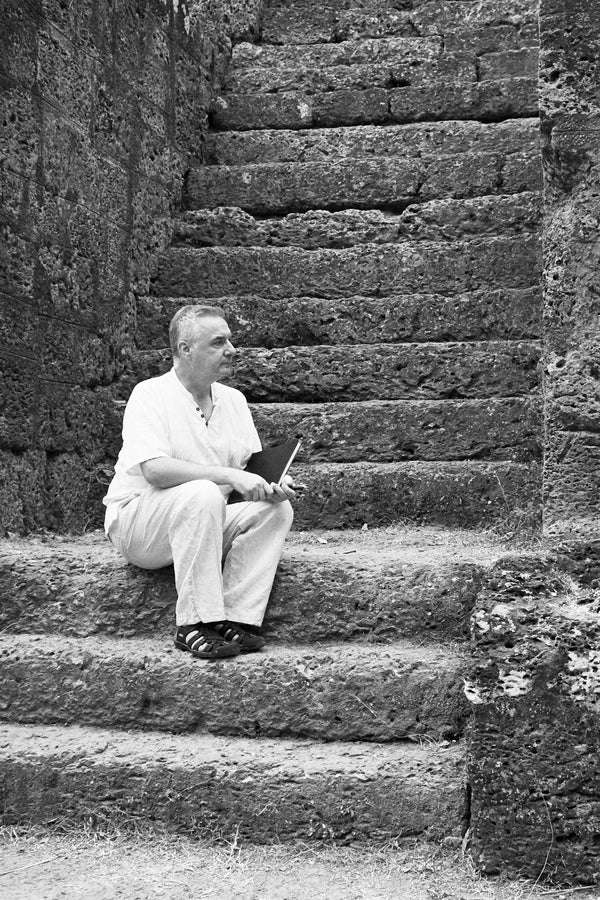
Join My Studio Journal
Receive occasional letters from my studio in Siem Reap—offering a glimpse into my creative process, early access to new fine art prints, field notes from the temples of Angkor, exhibition announcements, and reflections on beauty, impermanence, and the spirit of place.
No noise. No clutter. Just quiet inspiration, delivered gently.
Subscribe and stay connected to the unfolding story.

